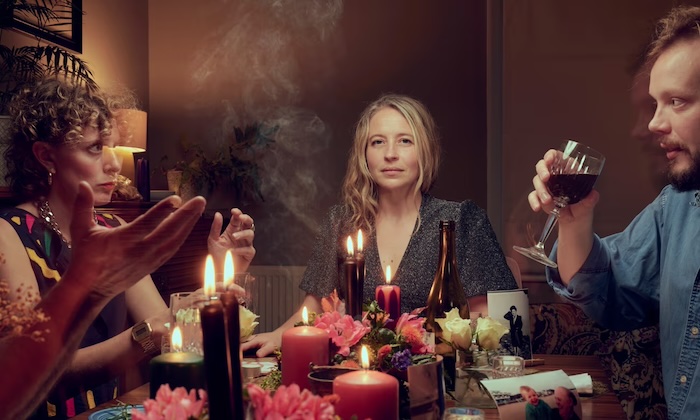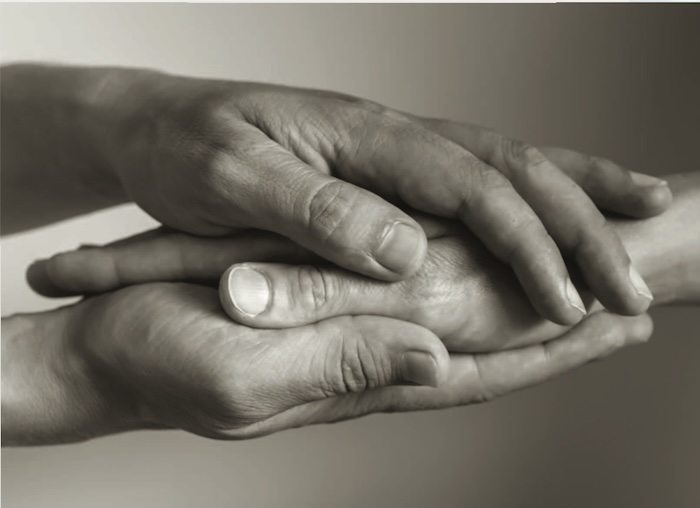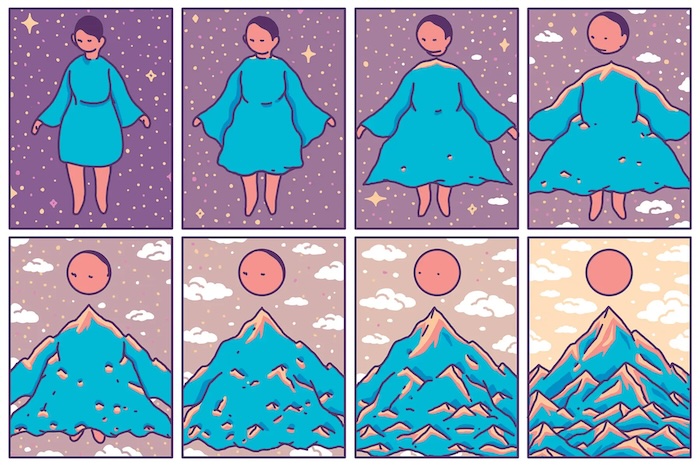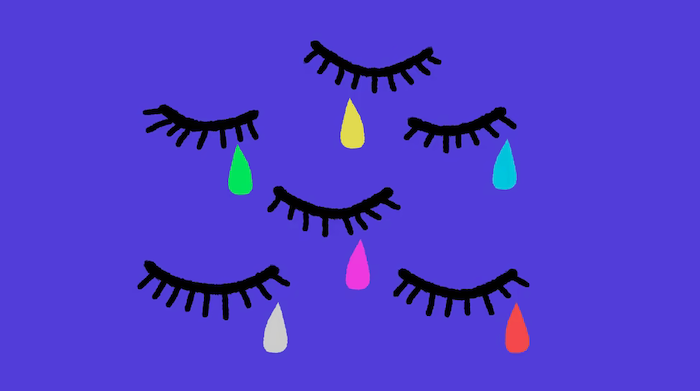
After a half-century as a Medicare benefit, hospice care still has had only limited success in improving the quality of patients’ lives as they approach their deaths. While more people are enrolling in hospice (about 1.7 million in 2020), they often do so only days before dying. Thus, they fail to benefit from the best of what hospice has to offer.
As a result, there is increasing interest in new end-of-life care models. One would provide concurrent care that would combine some ongoing treatment for a patent’s underlying disease with end-of-life support. The idea: Encourage more—and quicker—hospice enrollment among those who often reject the benefit because they are “not ready to give up.”
Today, half of hospice patients are enrolled for 18 days or less and one-quarter receive the benefit for fewer than five days.
Medicare pays hospice providers a fixed amount for their obligation to offer full patient care to their enrollees. For example, this year it pays a daily rate of $211 for the first 60 days of routine care and $167-a-day after that.
Benefit Constraints
The hospice benefit comes with two significant constraints. The first: While Medicare pays for all hospice care, including treatment to manage pain and other symptoms, it does not pay for treatment, such as chemotherapy, aimed at curing the patient’s underlying disease.
The second requires a physician to certify that a patient is likely to die within six months of admission to hospice care. Both made sense in the 1980s. Those cancer patients typically enrolled in hospice after they exhausted all treatment aimed at curing their disease. And it was relatively easy for doctors to predict their life expectancy.
These two limitations may have controlled Medicare costs but they discouraged people from enrolling in hospice. Imagine having to sign a form acknowledging you are likely to die in six months or less.
An Alternative
But that may be changing. In one demonstration program, called the Medicare Care Choices Model, participants were more likely to enroll in hospice, receive better quality end-of-life care, and save Medicare money by stopping costly, but ultimately futile, treatment.
However, the program was limited to people with certain diseases, and many operators eventually dropped out.
A recent article in JAMA (paywall) by Natalie C. Ernecoff and Rebecca Anhang Price of the RAND Corporation describes how the new model could work for someone on dialysis to manage kidney failure.
Today, once a patient enrolls in traditional hospice, Medicare stops paying for dialysis. As a result, few kidney failure patients enroll. In a concurrent care model, Medicare would continue to pay for dialysis. But patients might begin to reduce the frequency and eventually stop as they receive more social and spiritual supports.
In some ways, these models look like palliative care that combines comfort care with standard treatment for serious illness. But it would be different in at least one crucial way: Because hospice could not be expected to pay for high-cost treatments, Medicare would have to fund a patient’s care through two payment streams. One for traditional medical care, the other for hospice’s social supports and its very different form of health care.
Challenges
The problem: How to combine a hospice’s nurse-social worker-chaplain model with often-complex medical treatment in the US’s fragmented, poorly coordinated health care system.
At the same time, finding ways to sufficiently pay for this complex care while preventing abuse by unscrupulous providers will be difficult. While many patients fail to benefit from hospice because they enroll too late, some hospice operators have gamed the system by enrolling patients who are not terminally ill. In effect, they collect Medicare’s daily payment without providing any care.
Finally, while large hospices may have the capacity to manage a complex alternative payment model with medical partners, small non-profits will struggle. Currently, of 5,000 hospices, about three-quarters are for-profits.
The World Has Changed
No doubt, something has to change. Until now, Medicare has been paying for hospice based on a model that was designed in the 1980s. Back in the day, the benefit was developed to provide end-of-life care for people with terminal cancer, who typically faced a month or two of serious functional decline before dying.
Major advancements in medical technology, changes in the health conditions of older adults, and a fundamental restructuring of the business of health care have created a very different end-of-life environment from a half century ago. In 2019, for example, about 20 percent of hospice patients had a principal diagnosis of dementia, compared with just 7.5 percent with cancer.
The other big change: Hospice was designed as part of traditional fee-for-service Medicare. But now, more than half of Medicare beneficiaries are enrolled in Medicare Advantage managed care plans that also receive a fixed monthly payment for each member they enroll.
Some observers worry about unintended consequences of a concurrent care model. For example, Brown University’s Joan Teno worries (see here) that a poorly designed concurrent care model could encourage some providers to stop treating patients who could benefit from curative care.
She’s right. The design will be critical. But today, the Medicare payment system is discouraging people who are dying from enrolling in hospice. That needs to change.
Complete Article ↪HERE↩!






